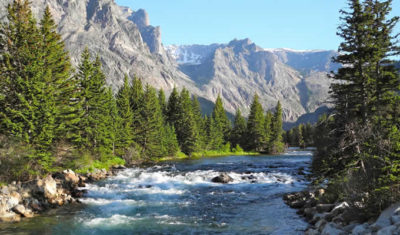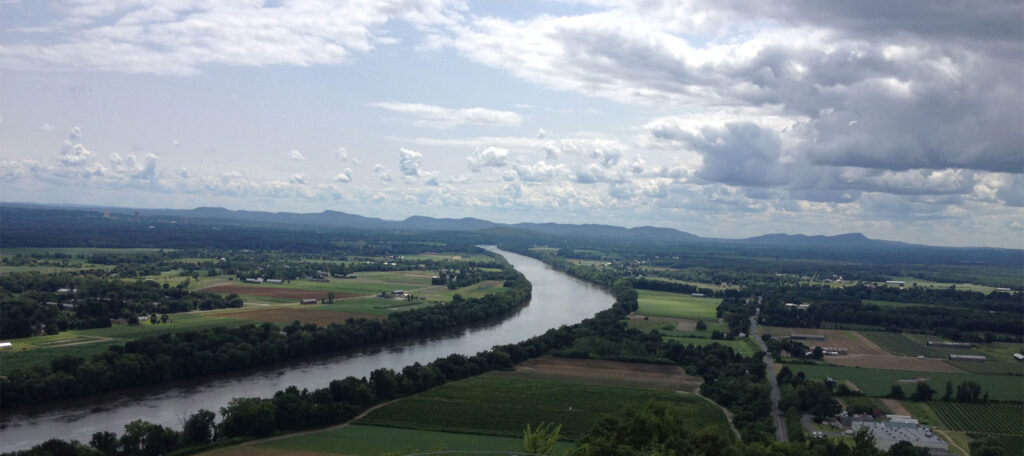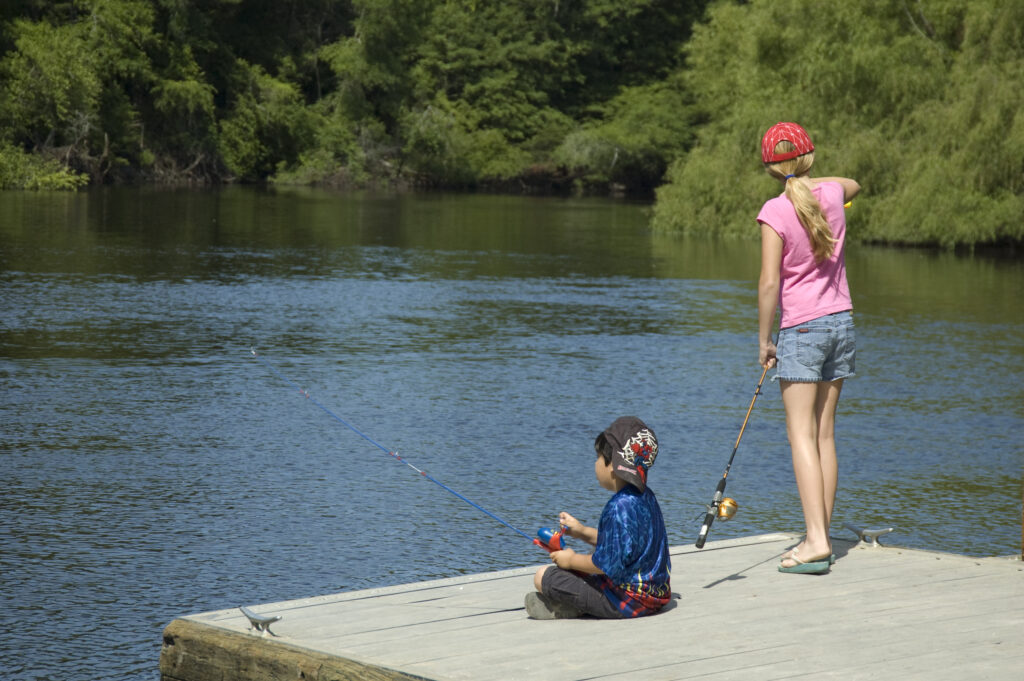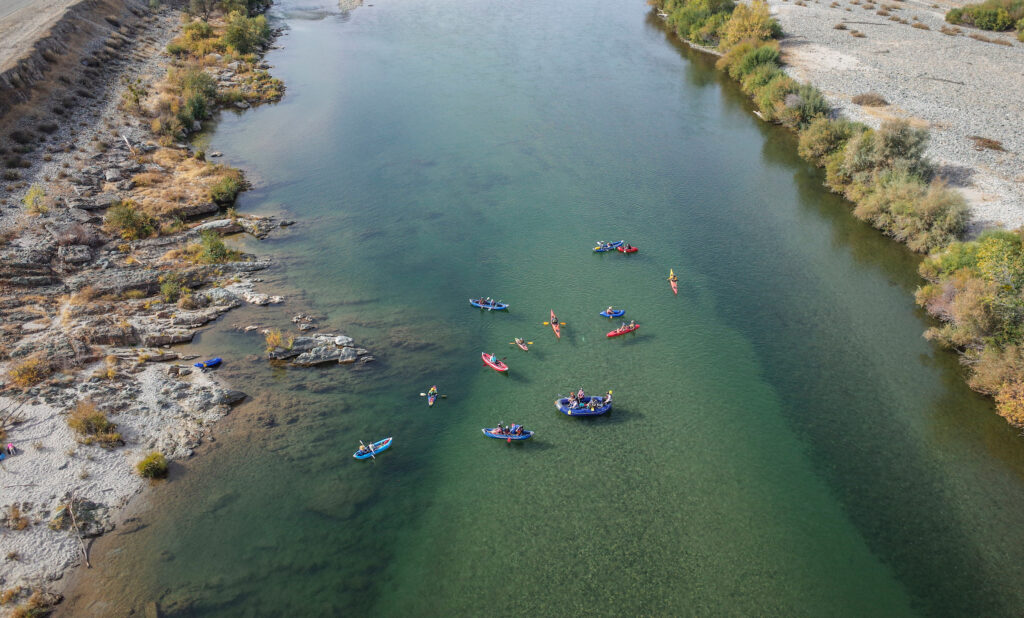Why Wild? The Importance of Wild and Scenic Protections
In this episode of We Are Rivers, we dive into the Wild and Scenic Rivers Act, and how it protects rivers, ensures community engagement, and preserves free flowing rivers for present and future generations. Tune in to Why Wild to learn more.
By
Fay Hartman |
January 10, 2018
Amidst the largest dam building era in the United States, Congress realized urgency around preserving certain rivers with outstanding natural, cultural, and recreational values in a free-flowing condition for the enjoyment of present and future generations. In 1968, President Lyndon Johnson signed The Wild and Scenic Rivers Act into law, giving rivers a special designation to protect the remarkable values that free-flowing rivers have across the country. The Act is notable for safeguarding the special character of these rivers, while recognizing the potential for their appropriate use and development. It encourages river management crossing political boundaries and promoting public participation to develop goals for river protection.
There are about 3 million river miles across the United States. Since being signed into law, The Wild and Scenic Rivers Act has protected nearly 13,000 miles of river. Today, less than one percent of America’s rivers are wild and free. Special reaches like the Middle Fork of the Salmon, Rogue, Chattooga, Tuolumne, and New Rivers are all protected under this designation, but many rivers remain at risk.
In this week’s episode of We Are Rivers, we discuss the history and background of the Act while describing the ever-growing need to do more to protect wild rivers and streams across the country. Join us to learn more about the Wild and Scenic Rivers Act and discover how you can get more involved with protecting rivers and streams across the country.
You can also find us in iTunes and Stitcher!






1 response to “Why Wild? The Importance of Wild and Scenic Protections”
How does a designation like this impact and work with Indigenous Peoples and their sovereignty?